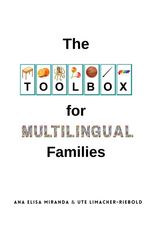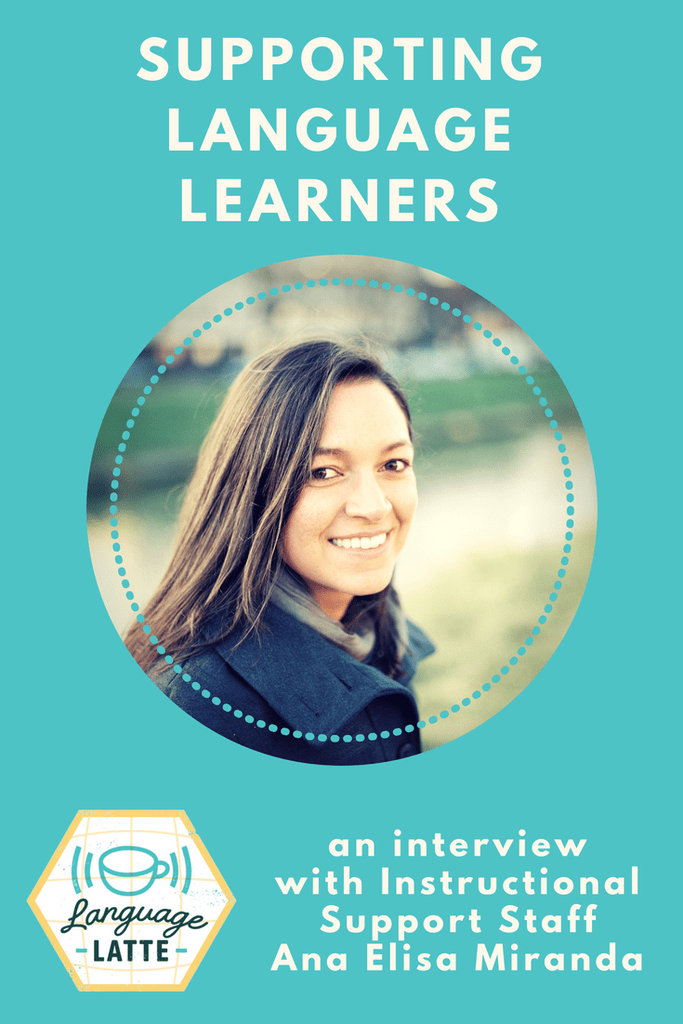We love wordless books for their flexibility and the possibility of being read in any language, by readers of all ages.
Reading is much more than decoding words - it is creating meaning, making connections with what you already know, learning something new, predicting what is going to happen, reading between the lines, forming an opinion, asking and answering questions, sharing your reading with others, and much more.
When we read wordless books with our children, that is an active moment when all those comprehension processes can happen, when we can feel free to interpret the illustrations the way we want.
We can also feel free to give life to the story our own way: expressing emotions with our voices, faces or bodies.
Our children can start reading wordless picture books very early on and narrate the story in their very own way: skipping parts or highlighting others. Wordless picture books are not only interesting for children who don’t read text yet, or who are not skilled readers yet, they can be very interesting for older children and adults too!
Watch the video to find out how to read wordless books with:
Resources:
List of Wordless Picture Books
How to Read Wordless Picture Books (Parent Tips)
The Power of Wordless Picture Books
Find more ideas to foster all your languages in our books:
The Toolbox for Multilingual Families
The Parents' Guide to Raising Multi-literate Children
Reading is much more than decoding words - it is creating meaning, making connections with what you already know, learning something new, predicting what is going to happen, reading between the lines, forming an opinion, asking and answering questions, sharing your reading with others, and much more.
When we read wordless books with our children, that is an active moment when all those comprehension processes can happen, when we can feel free to interpret the illustrations the way we want.
We can also feel free to give life to the story our own way: expressing emotions with our voices, faces or bodies.
Our children can start reading wordless picture books very early on and narrate the story in their very own way: skipping parts or highlighting others. Wordless picture books are not only interesting for children who don’t read text yet, or who are not skilled readers yet, they can be very interesting for older children and adults too!
Watch the video to find out how to read wordless books with:
- Toddlers and Preschoolers
- Primary School Children
- Teenagers
Resources:
List of Wordless Picture Books
How to Read Wordless Picture Books (Parent Tips)
The Power of Wordless Picture Books
Find more ideas to foster all your languages in our books:
The Toolbox for Multilingual Families
The Parents' Guide to Raising Multi-literate Children




